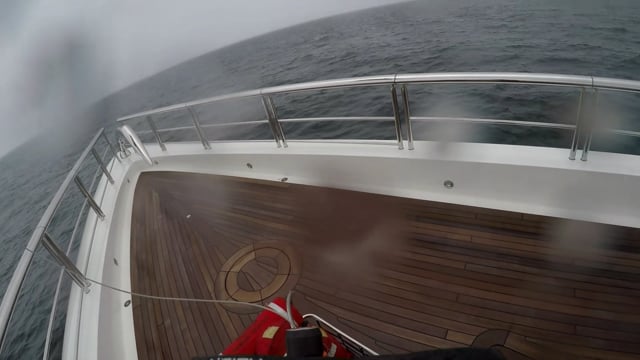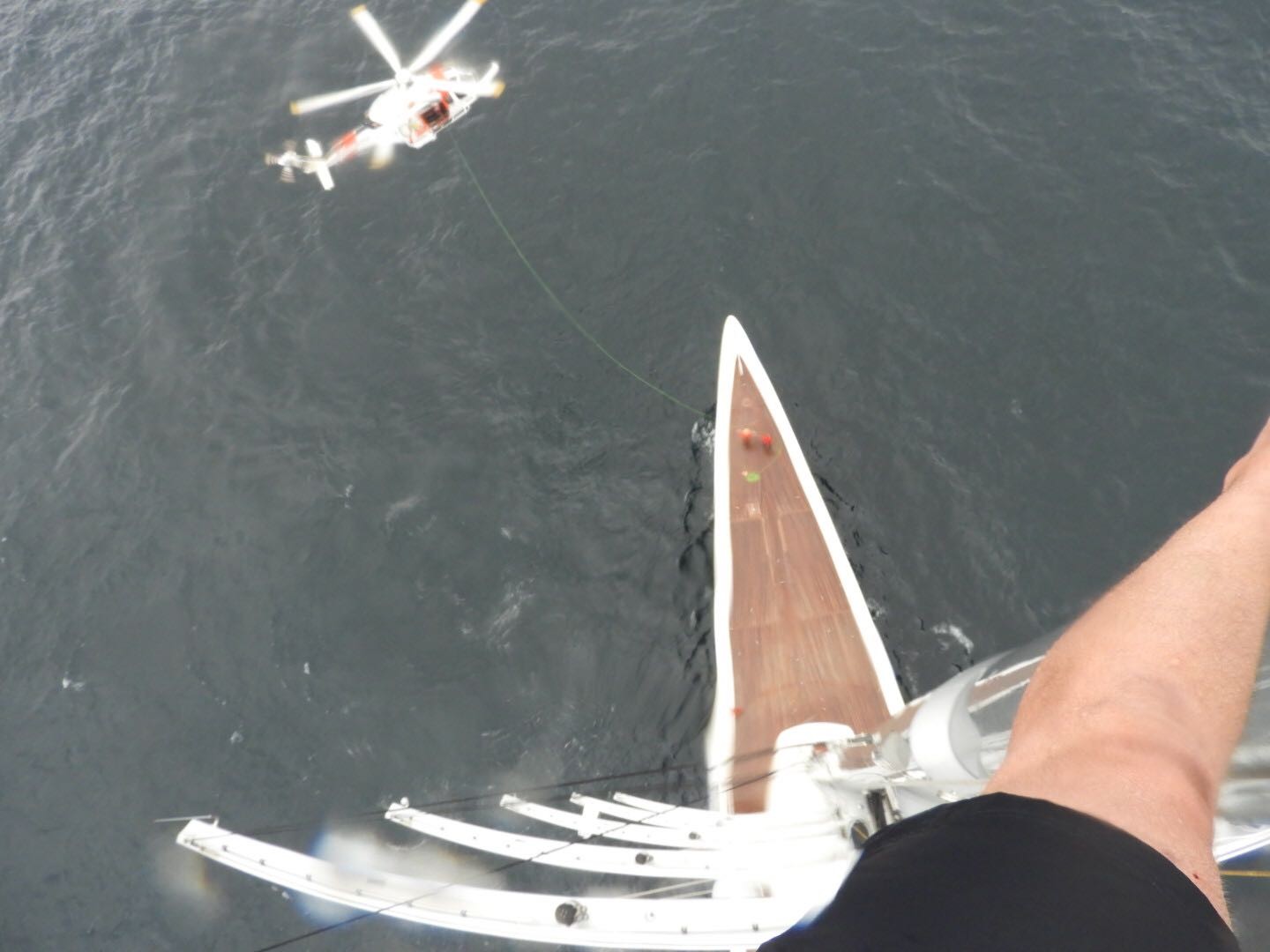S/Y Black Pearl is an innovative, cutting edge super sailing yacht, the project management of the commissioning and the build was complex. The sheer size of her made everything more extreme and tested the skills of everyone involved in the yacht.
Captain decided to use the skills of Divergent Yachting to ensure that their safety procedures were relevant and perfect for the vessel.
space and make everything aesthetically pleasing, safety must be considered. David Goldie said recently on a panel discussion at the Superyacht Design Forum, “When I look at a boat,
instead of looking at the flowing lines, I’m looking at where the safety rails are, or where to launch the rescue boat from!”.
Chris Gartner, Captain of S/Y Black Pearl explained why he felt that Divergent Yachting were essential to the safe running of S/Y Black Pearl, saying that the “one to one service that Divergent Yachting provide is superb with a dedicated management team for our yacht providing a bespoke immediate response service.”
arrived, it was discussed with the senior crew how they would go aloft and the standard regulations re working aloft were re-written from scratch. In fact, everything was specifically written for this vessel; permits to work, risk assessments, health and safety policies, fall out policies and procedures and all check lists (to name just a few).
Drill training and drill communications were written in full, crew were provided with extensive training system when working aloft – including the use of hand signals should there be any technological failures including the Atex radio communications, Bluetooth headset systems or the day-to-day radio systems.
The safety concerning the masts continues internally too as they run 10m into the body of the boat. As the mast turns externally, it all turns internally too. So, safety throughout the yacht has been carefully calculated.
example the boat is leaning over at 15 degrees. Key important items like ‘would the fire doors still close uphill’.
David called in the expertise of Lloyds who were the build Class Society however, they were not experts in this kind of rigging so they had to bring in specialist experts DNV GL who were the most experienced in this type of yacht having worked on S/Y Athena, S/Y Mirabella and S/Y A. Lloyds have since just issued a new rig compliance document.
It has two submarine anchors that come out from under the hull, there are underwater camera’s to assist when at anchor giving sight of the cable.
A helicopter pad is on board, but the foremast has to rotate 270 degrees in order to make a safe space for a helicopter to land. Discussion about the helicopter safety lead David to share with us an incredible story about their situation with the Palma Coastguard Service.
drills were in place, the crew had pulled out the Helicopter Operations Safety Folder and confirmed that they were happy to receive them. As the helicopter operates at below the
height of the mast, safety was paramount straight away.
The senior team pulled together their different skills, experience and training to assess what equipment would be required in order to complete the emergency drill, considering things like every helicopter has different requirements. They announced an emergency evacuation drill and everyone got into place.
Infra-Red (FLIR) cameras and the coast guard kindly provided the ‘Head Cam’ footage that was worn by the Aircrewman that was lowered down to the yacht.
Although this was of course an excellent trial for the crewon board, it was also a really important learning curve for the coastguard team too, who had clearly, never dealt with a vessel like S/Y Black Pearl before. Coastguards must complete a certain number of drills mandated by their own national regulations so the crew at Black Pearl are expecting to be stopped regularly, as they are such a unique vessel…!


